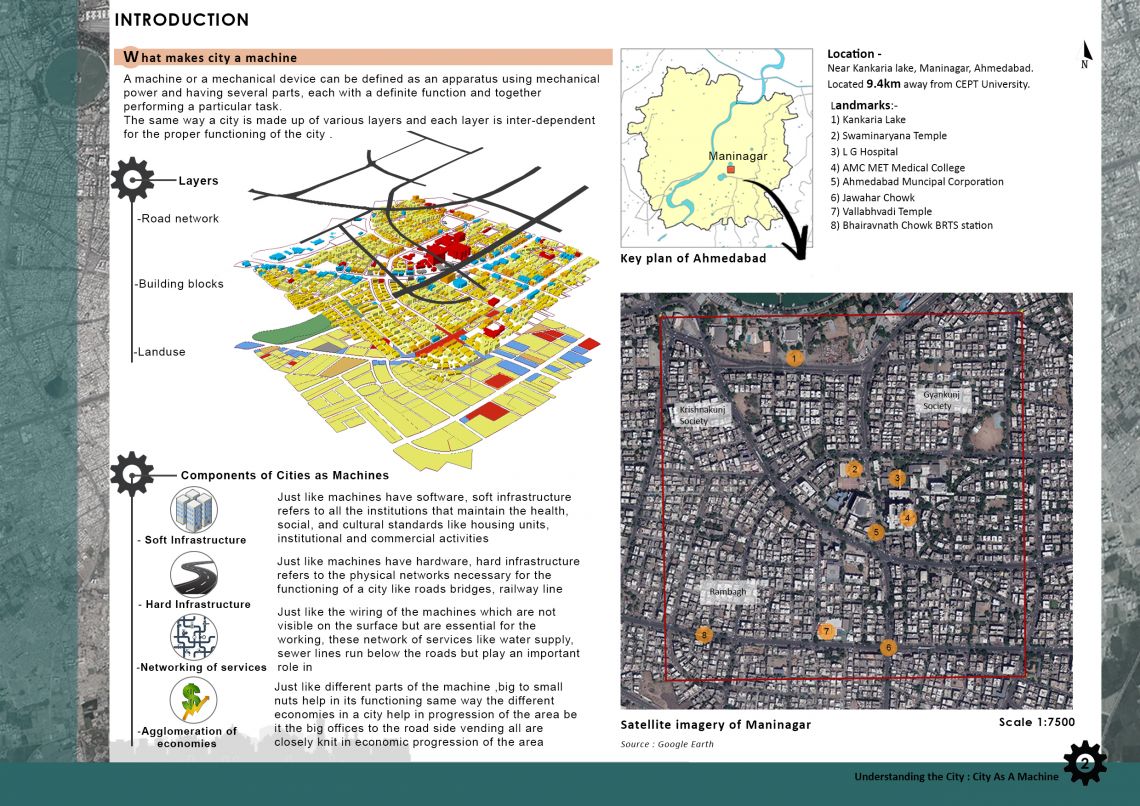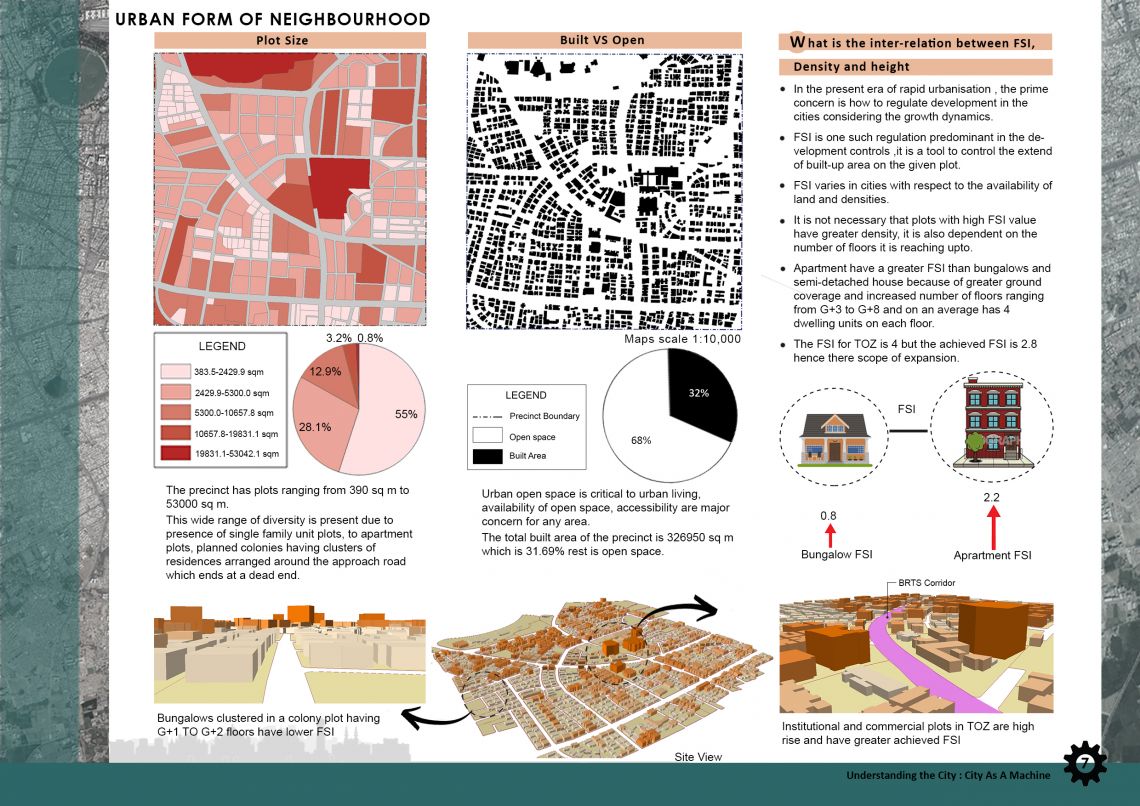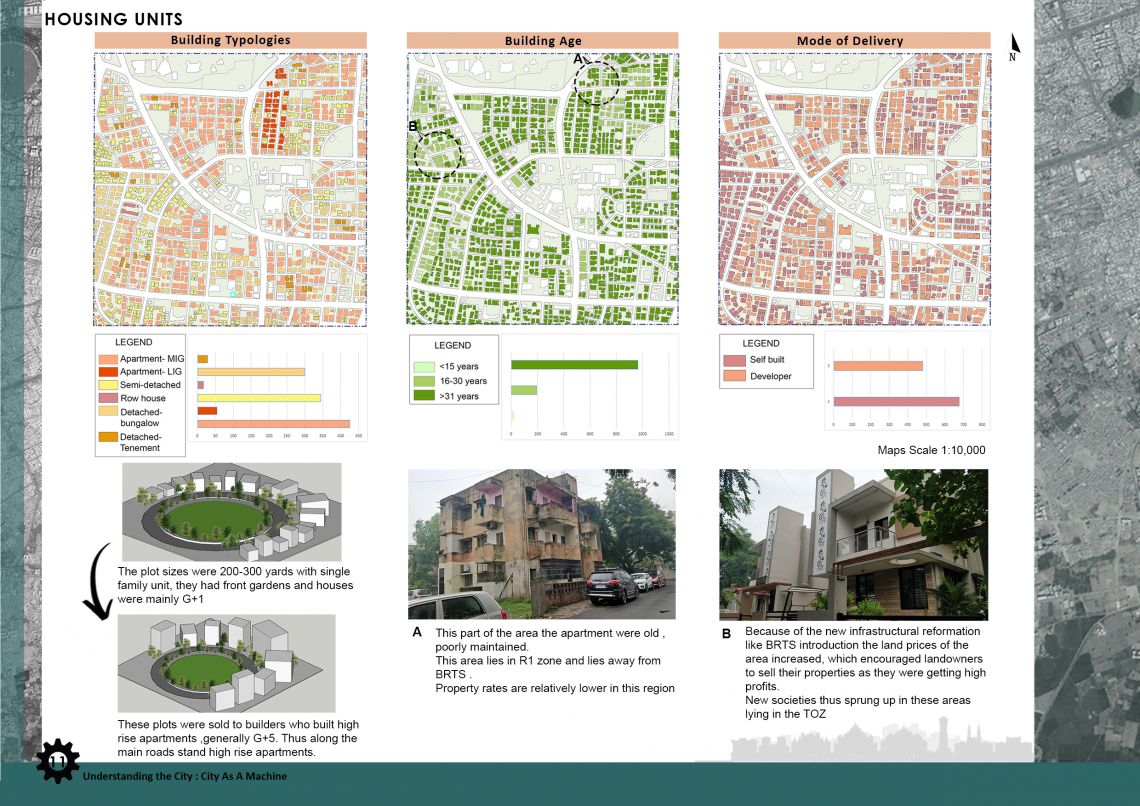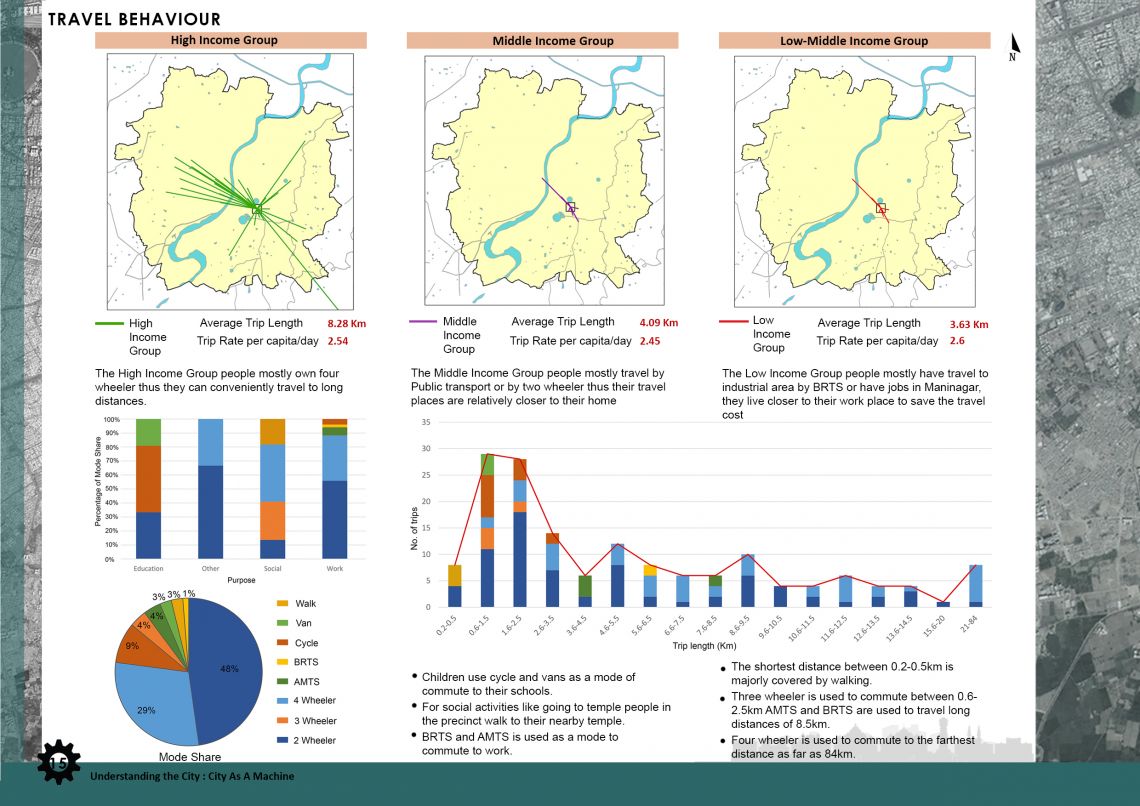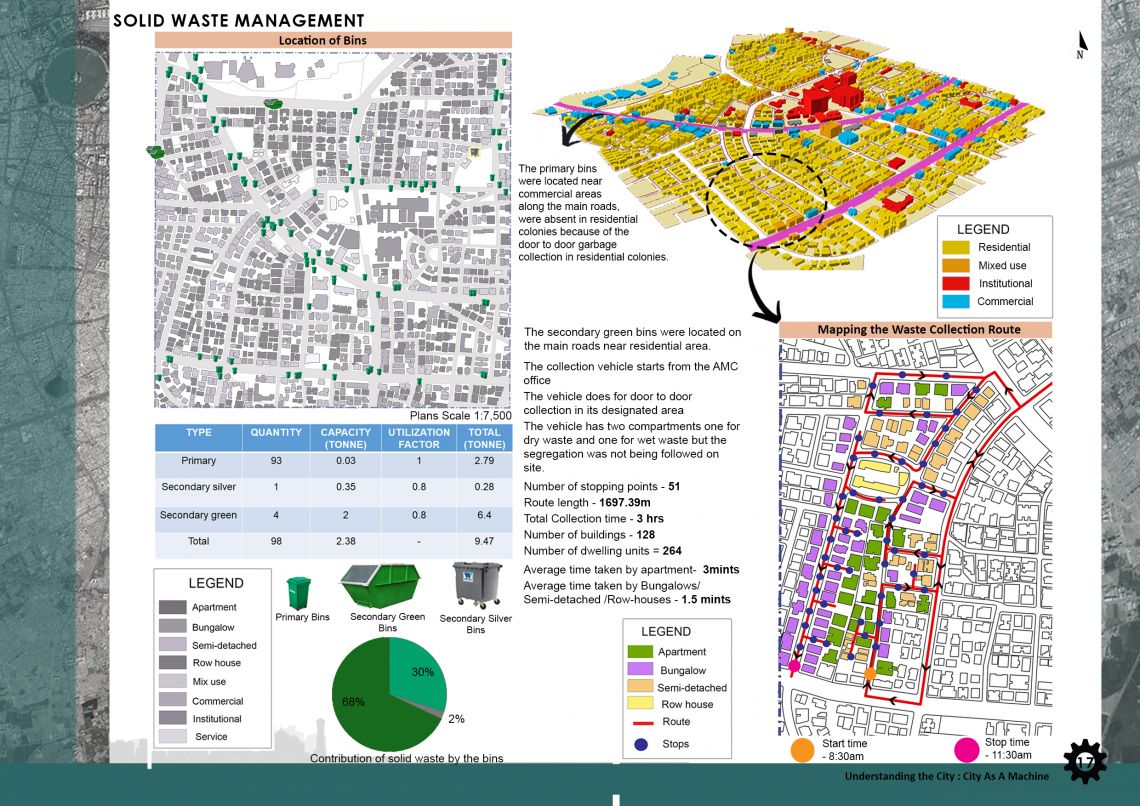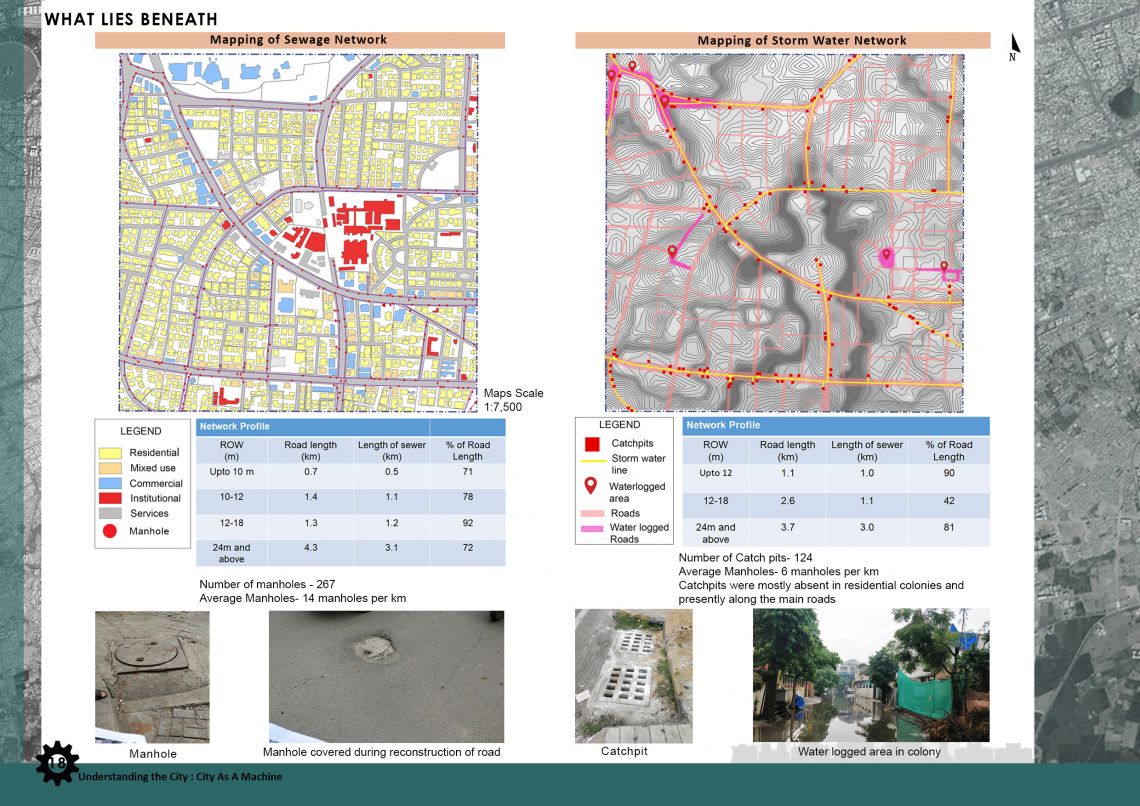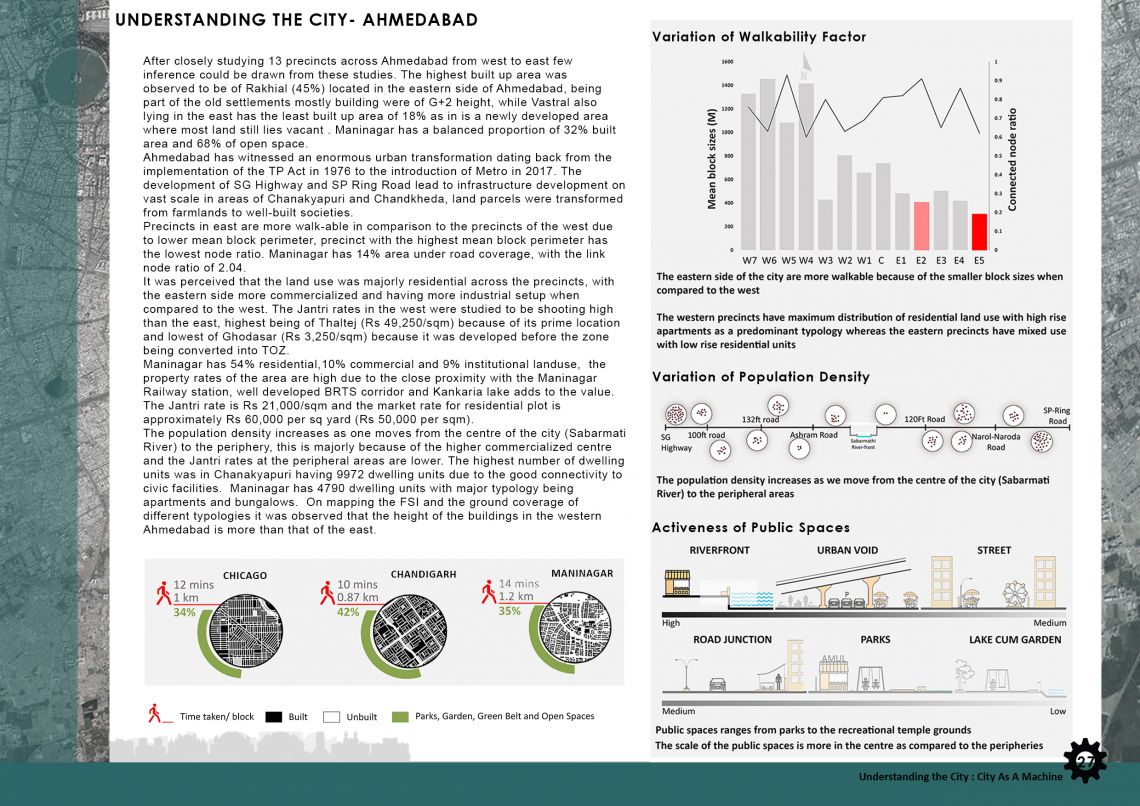Your browser is out-of-date!
For a richer surfing experience on our website, please update your browser. Update my browser now!
For a richer surfing experience on our website, please update your browser. Update my browser now!
Throughout history, the city has concentrated and centralized many complex activities and institutions that make civilization possible. People moved from rural settlements to close proximity with one another to form denser living arrangements, “cities”. Le Corbusier famously called the house “A machine for living in” and his influential La Ville Radieuse extended that metaphor to the metropolis at large. Like good machines, even in cities each part has a specialized role like High rise Office buildings, commercial complexes promote commercial activities, apartment towers, bungalows and other housing units provide residential space, road network provide connectivity, hospital and schools provide the institutional space, parks and open spaces maintain the openness of the built spaces. Each part is dependent on the other for the proper functioning of the city, to make it liveable for the people. Just like a machine has specialized parts a city has many layers which need to be studied to understand its overall functioning .In our foundation studio each student was given a 1sq km precinct to understand that fabric of area and unfold each layer like land-use , built form, streets, services etc. Through Satellite imagery study , site visits, surveys we were able to understand how does a city function and the dependence of each part on the other for its overall functioning.
